Nevada’s wide-open spaces and laid-back vibe mean even your pet options can be a bit more adventurous.
With the right permits, you can welcome some truly exotic companions into your home – think beyond the everyday cat or dog.
From slithering reptiles to quirky critters, these unique pets come with fascinating personalities and specific care needs.
If you’re ready to embrace something extraordinary, here’s what to know about ten exotic animals that are legal (and how to give them the best life).
1. Savannah Cat: Half-Wild Feline Friend
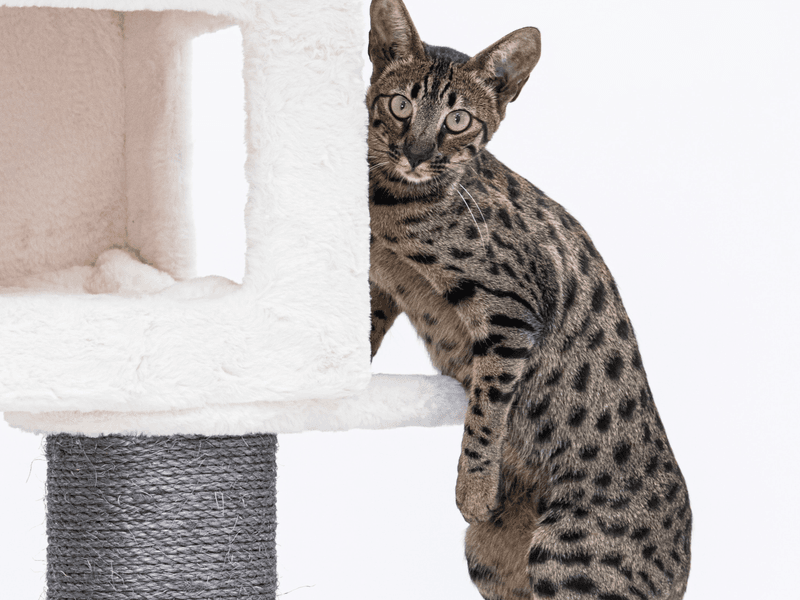
These spotted beauties blend African serval wildness with domestic cat charm. Imagine a cat that plays fetch, walks on leash, and jumps five feet high from standing!
Savannahs need large spaces with climbing opportunities and interactive toys.
Their diet requires premium cat food supplemented with raw meat. Daily exercise and mental stimulation prevent destructive behaviors in these intelligent hybrids.
2. Serval: The Mini Cheetah of Your Dreams
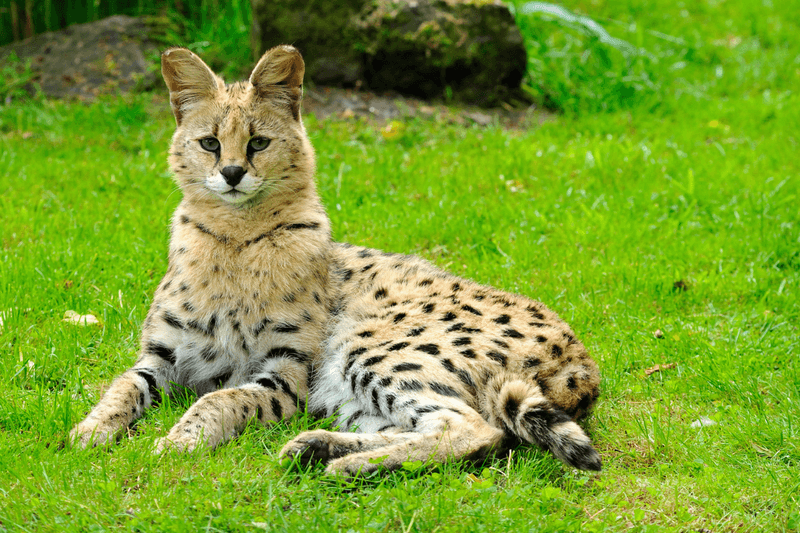
Standing tall on spotted legs, servals captivate with their extraordinary jumping abilities and fox-like faces. Native to African grasslands, these medium-sized cats require serious commitment.
Your serval needs a secure outdoor enclosure spanning at least 1,000 square feet with climbing structures.
Feeding involves whole prey items like rabbits and quail. Proper care includes regular exotic vet visits and intensive socialization from kittenhood.
3. Asian Leopard Cat: Wild Beauty in a Smaller Package

Resembling miniature leopards with their gorgeous spotted coats, these nocturnal felines bring wilderness vibes to your home.
Unlike their Bengal descendants, pure Asian Leopard Cats retain strong wild instincts. Create a secure enclosure with multiple hiding spots and elevated perches.
Their diet should include whole prey items supplemented with high-quality cat food. Expect aloof behavior—these aren’t cuddle pets but fascinating creatures to observe from a respectful distance.
4. Wolfdog: Call of the Wild in Your Backyard
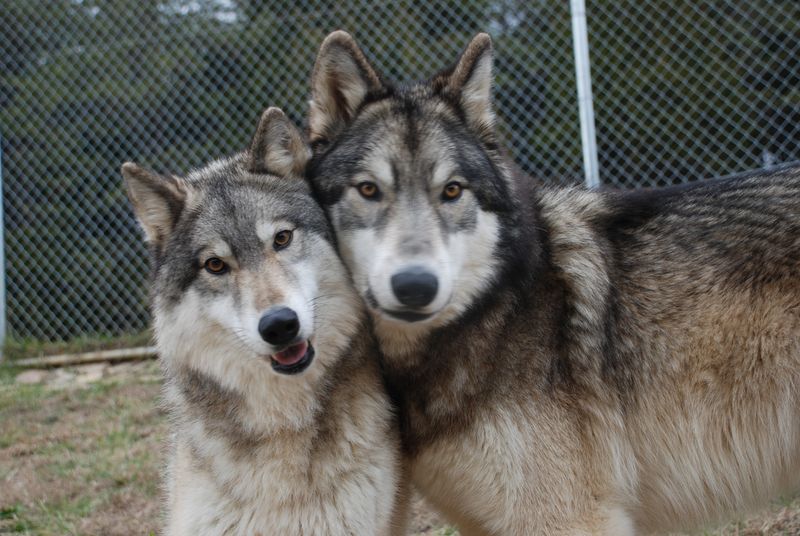
Part domestic dog, part wild wolf—these magnificent hybrids howl at the moon while stealing your heart.
Forget everything you know about regular dog ownership; wolfdogs play by different rules. Secure fencing at least 8 feet tall with dig guards prevents escape.
Feed raw diets mimicking natural prey consumption. Early socialization proves crucial, but never expect complete domestication.
These independent spirits require experienced owners committed to understanding their complex wolf-dog nature.
5. Genet: Spotted Tree-Dweller with Feline Grace
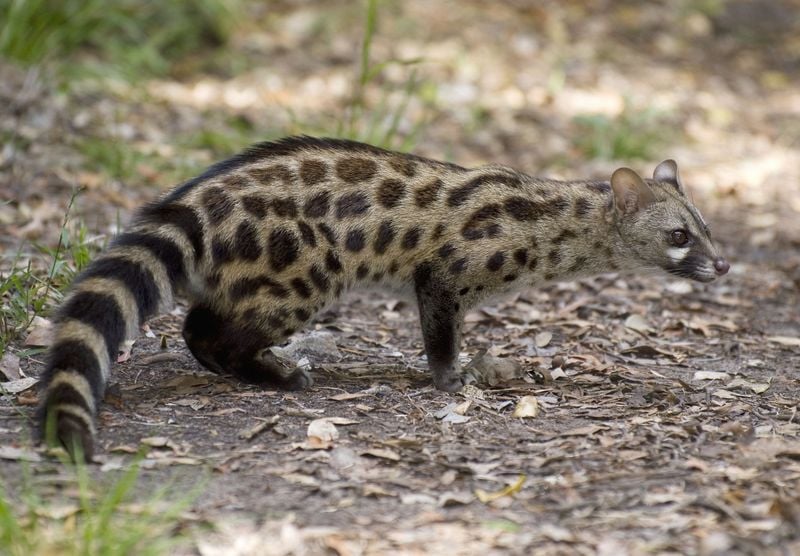
With ring-tailed magic and spotted elegance, genets move like liquid shadow across branches. These African carnivores aren’t cats despite appearances—they’re related to civets and mongooses!
Your genet needs tall enclosures with multiple branches for climbing and jumping.
Diet consists primarily of whole prey items like mice, insects, and occasional fruits. Nocturnal by nature, expect these independent creatures to be most active when you’re heading to bed.
6. Fennec Fox: Desert Ears and Boundless Energy
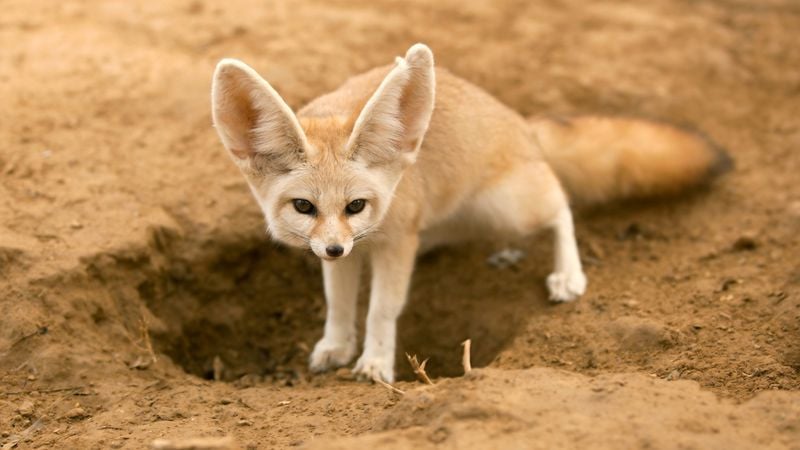
Those iconic satellite-dish ears aren’t just for show—fennecs use them to hear prey moving underground in their native Sahara. Pocket-sized desert foxes pack more energy than a kindergarten class on sugar!
Create a desert-like enclosure with deep sand for digging. Their omnivorous diet includes insects, small vertebrates, eggs, and fruits.
Despite their adorable appearance, fennecs aren’t domesticated animals—they’re nocturnal, vocal, and require specialized exotic veterinary care.
7. Kinkajou: Honey Bear Cuddles with a Prehensile Twist

Rainforest honey-lovers with monkey-like agility, kinkajous swing through life with prehensile tails and mischievous personalities. Don’t let their teddy bear nickname fool you—these aren’t starter pets!
House your ‘honey bear’ in tall, spacious enclosures with multiple branches. Feed fruits, insects, honey, and specialized exotic omnivore diets.
Being nocturnal, kinkajous sleep all day and party all night, potentially disrupting your sleep with their active antics and occasional vocalizations.
8. Sugar Glider: Pocket-Sized Parachutists
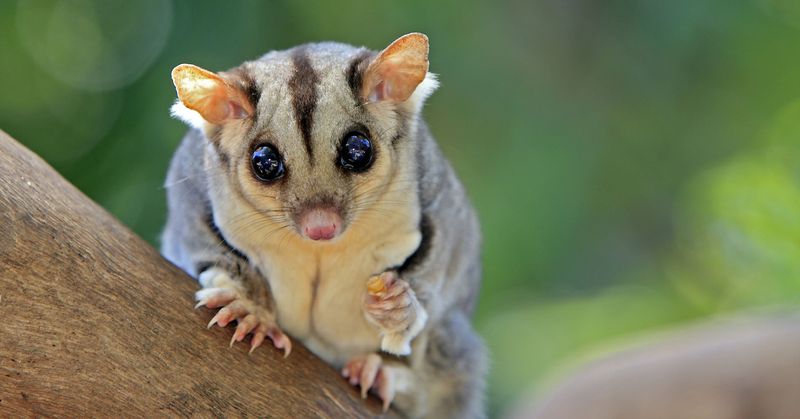
Watching these marsupial marvels glide across rooms using their built-in parachute membranes never gets old!
Native to Australia, these social creatures form deep bonds with their human families. Always keep sugar gliders in pairs or groups—they become depressed alone.
Their specialized diet includes nectar, insects, and protein supplements. Provide tall cages with plenty of toys, pouches for sleeping, and daily out-of-cage playtime in glider-proofed spaces.
9. Chinchilla: Cloud-Soft Rodents with Century-Long Potential
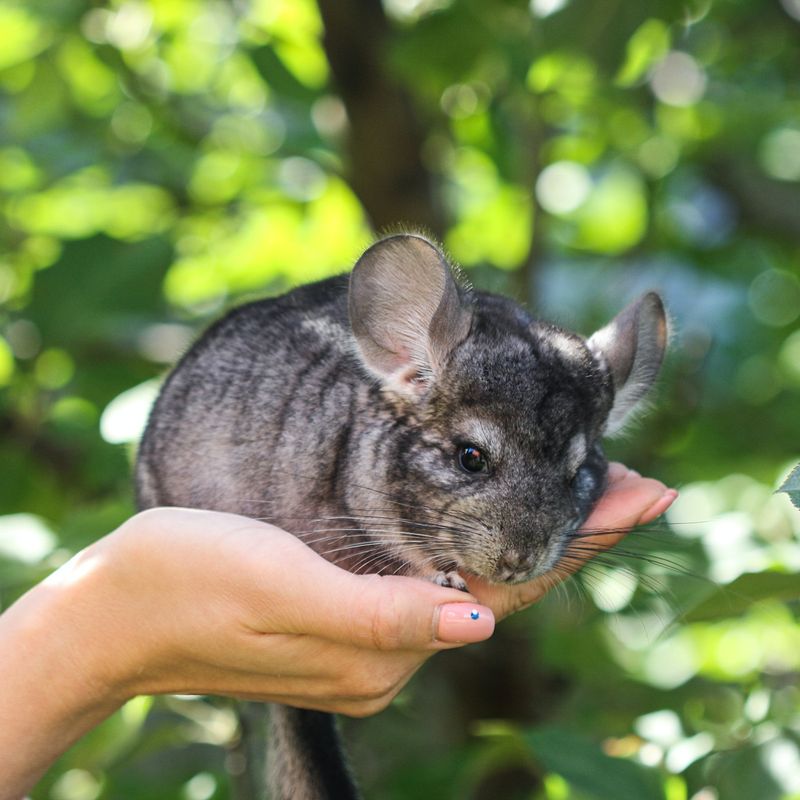
Wrapped in the world’s softest fur, these South American natives can bounce off walls—literally! With proper care, your chinchilla might outlive your mortgage as they can reach 20+ years.
Keep chinchillas cool—they overheat easily due to their dense fur. Dust baths (not water) keep that luxurious coat clean.
Their spacious cage needs multiple levels with wooden ledges for jumping, and their diet centers around specialized hay and pellets with limited treats.
10. Tarantula: Eight-Legged Wonders for the Brave
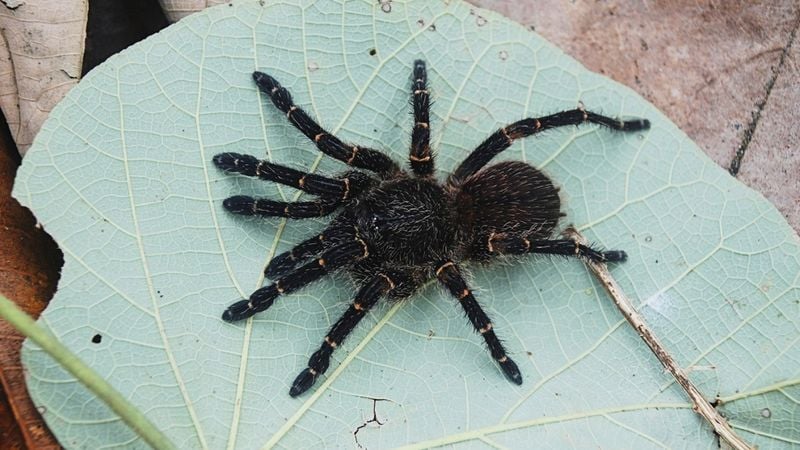
Forget the horror movie stereotypes—these fascinating arachnids make surprisingly low-maintenance pets with prehistoric charm.
Most species spend their days hiding, emerging for occasional dramatic appearances.
House your eight-legged friend in a secure terrarium with appropriate substrate for burrowing. Feeding involves live insects once weekly.
Handling should be minimal or avoided entirely—not because they’re dangerous, but because falls can fatally injure these delicate creatures.
